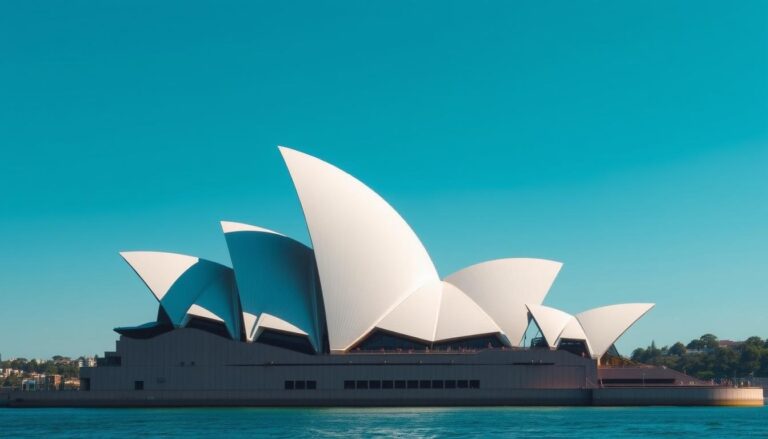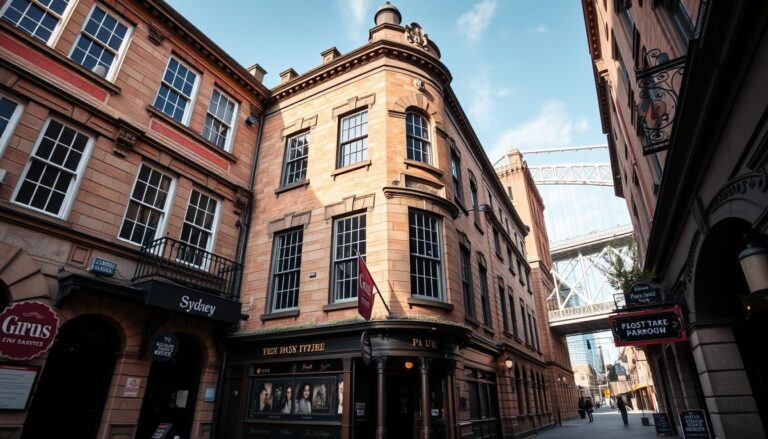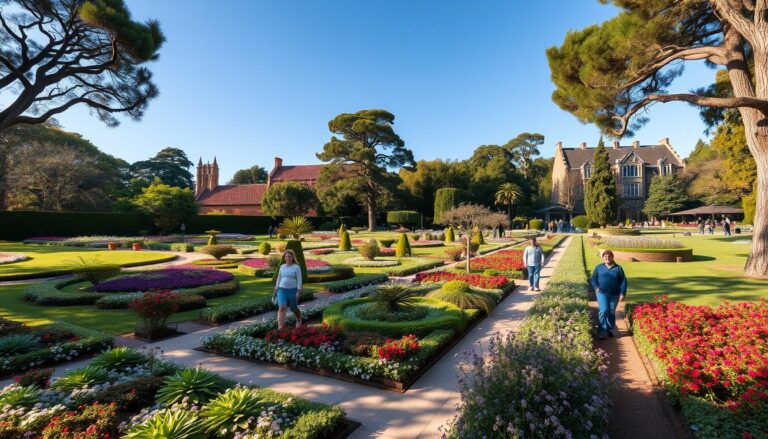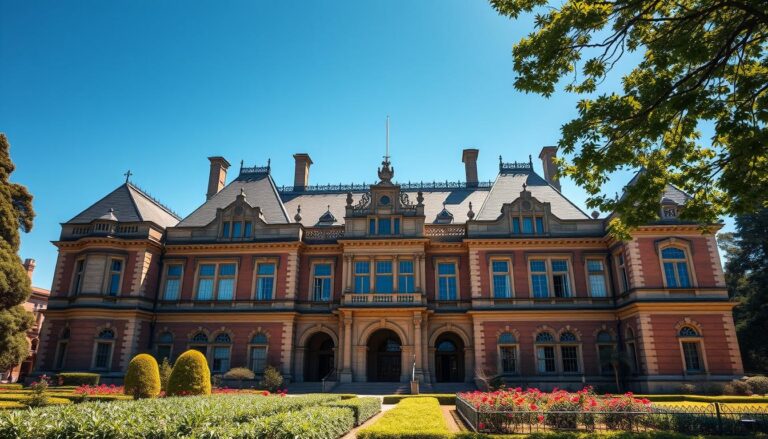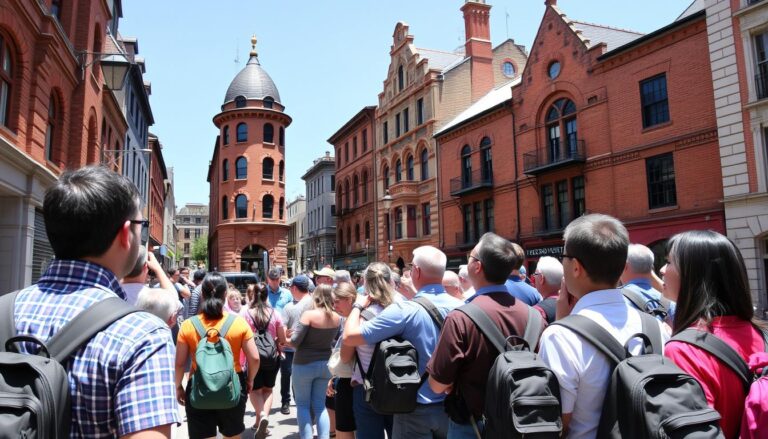Sydney stands as a living testament to Australia’s convict origins, with numerous historical sites preserving the stories of those who were transported across the world as part of Britain’s penal colony system. The convict history sites Sydney offers provide a fascinating glimpse into the harsh realities faced by the men, women, and children who were forcibly relocated to this distant shore between 1788 and 1868. These landmarks not only showcase the architectural achievements of convict labor but also tell the human stories behind Australia’s foundation.
The Colonial Penal System in Sydney
The First Fleet arrived in 1788, establishing the penal colony that would become Sydney
When the First Fleet arrived in 1788 with 552 male and 190 female convicts, it marked the beginning of a transportation system that would bring approximately 166,000 convicts to Australian shores over 80 years. The British Empire established this system as a solution to overcrowded prisons and as a means of colonial expansion.
The convict settlements around Sydney served multiple purposes. They were sites of punishment, but also places where forced labour contributed significantly to the colony’s development. Convicts built roads, bridges, government buildings, and other essential infrastructure that formed the foundation of modern Sydney.
The transportation system reflected the penal philosophies of the 18th and 19th centuries, balancing punishment with rehabilitation through labor and discipline. For the Aboriginal population, this influx of European settlers meant being forced into less fertile hinterlands as their lands were claimed for colonial development.
“Humanity probably invented exile first and prison later.” – Alexandr Solzhenitsyn
Today, many of these convict history sites in Sydney and surrounding areas have been preserved as museums and heritage attractions. In 2010, eleven Australian convict sites were collectively inscribed on UNESCO’s World Heritage list, recognizing their outstanding universal value in telling the story of forced migration and colonial expansion.
Key Convict History Sites in Sydney
Sydney is home to several remarkably preserved convict sites that offer visitors a chance to step back in time and experience Australia’s penal history firsthand. From UNESCO World Heritage landmarks to lesser-known historical gems, these locations provide valuable insights into the convict experience.
1. Hyde Park Barracks

The Hyde Park Barracks, designed by convict architect Francis Greenway, housed male convicts between 1819 and 1848. This UNESCO World Heritage site now functions as a museum that tells the story of Australia’s convict beginnings through immersive exhibits and an extraordinary collection of convict artifacts.
The barracks housed up to 600 male convicts who worked on government projects around Sydney. Later, it served as an immigration depot for women and a government asylum. Archaeological excavations have uncovered thousands of items that were lost beneath floorboards, providing a remarkable record of daily life.
Visitor Information: Located at Queens Square, Macquarie Street, Sydney. Open daily from 10am to 5pm. Guided tours available. Visit the official website for ticket information and current exhibitions.
2. Cockatoo Island

Sitting in Sydney Harbour, Cockatoo Island served as a convict penal establishment from 1839 to 1869. Convicts were put to work cutting sandstone and constructing their own prison barracks, as well as grain silos and official buildings. The island later became a shipyard but still retains significant convict-built structures.
As part of the Australian Convict Sites World Heritage property, Cockatoo Island offers a unique glimpse into the harsh conditions of secondary punishment. The convict precinct includes barracks, a mess hall, and solitary confinement cells cut into the sandstone cliff face.
Visitor Information: Accessible by ferry from Circular Quay. Open daily with self-guided tours and camping options available. Check the official website for ferry schedules and guided tour times.
3. The Rocks

The Rocks is Sydney’s oldest neighborhood and was the site of the first European settlement in Australia. This historic precinct contains numerous buildings constructed by convict labor, including Cadman’s Cottage (built 1816), which is one of Sydney’s oldest surviving residential buildings.
Walking through The Rocks, visitors can see the sandstone walls and buildings that convicts painstakingly constructed. The area also contains archaeological sites that have revealed artifacts from early colonial life, including items belonging to convicts.
Visitor Information: Located adjacent to Circular Quay. Free to explore, with guided historical walking tours available. The Rocks Discovery Museum provides additional context about the area’s convict history. Visit The Rocks website for walking tour information.
4. Old Great North Road

Built between 1826 and 1836, the Old Great North Road is an extraordinary example of convict-built infrastructure. Constructed by chain gangs of up to 700 convicts, this 240km road connected Sydney to the Hunter Valley and agricultural settlements to the north.
The surviving 43km section in Dharug National Park showcases remarkable engineering achievements, including massive sandstone retaining walls, bridges, and culverts. Convicts cut and moved enormous sandstone blocks without modern machinery, often while working in chains. Many left their mark through graffiti that can still be seen today.
Visitor Information: Located in Dharug National Park, approximately 65km northwest of Sydney. Accessible sections for walking and cycling. Visit NSW National Parks for maps and access information.
5. Elizabeth Bay House

While not exclusively a convict site, Elizabeth Bay House represents the colonial society that was built on convict labor. Constructed between 1835 and 1839, this elegant colonial mansion was built for Colonial Secretary Alexander Macleay, who oversaw aspects of the convict system.
The house provides insights into the stark contrast between the lives of colonial officials and the convicts who worked for them. Many of the materials used in its construction were produced by convict labor, and convicts likely worked on the building itself and its grounds.
Visitor Information: Located at 7 Onslow Avenue, Elizabeth Bay. Open Friday to Sunday, 10am to 4pm. Visit Sydney Living Museums for current exhibition information.
Preservation of Sydney’s Convict Heritage

The preservation of Sydney’s convict history sites represents a significant commitment to maintaining Australia’s cultural heritage. These sites tell an important story about the nation’s origins and the complex social, political, and economic forces that shaped its development.
In 2010, the UNESCO World Heritage Committee recognized the outstanding universal value of Australia’s convict sites by inscribing eleven locations on the World Heritage List. This listing acknowledges that these sites represent “an exceptional example of the forced migration of convicts” and illustrate “an important stage of human history.”
“The Australian convict sites constitute an outstanding example of the way in which conventional forced labour and national prison systems were transformed, in major European nations in the 18th and 19th centuries, into a system of deportation and forced labour forming part of the British Empire’s vast colonial project.”
Organizations like Sydney Living Museums (formerly the Historic Houses Trust) and the NSW National Parks and Wildlife Service play crucial roles in managing these sites. Their work includes archaeological excavations, conservation of buildings and artifacts, and the development of interpretive programs that help visitors understand the significance of these places.
Digital preservation efforts are also underway, with many convict records now digitized and accessible online. These resources allow researchers and descendants of convicts to trace family histories and better understand the experiences of those who were transported.
Explore Sydney’s Convict Heritage
Discover the fascinating stories of Australia’s convict past by visiting these historical sites in person. Many locations offer guided tours, interactive exhibits, and educational programs that bring history to life.
Lesser-Known Convict History Sites Around Sydney

Beyond the major attractions, Sydney and its surroundings contain several lesser-known sites that offer fascinating insights into convict history:
Goat Island
Located in Sydney Harbour, Goat Island features convict-built structures including a gunpowder magazine, soldiers’ barracks, and impressive sandstone seawalls. Convicts quarried stone here under harsh conditions, often while chained together.
Parramatta Female Factory
Established in 1821, this was Australia’s first purpose-built female convict site. It served as a workplace, marriage bureau, and place of punishment for female convicts, providing rare insights into women’s experiences in the convict system.
Coal River (Newcastle)
Established in 1804 as a place of secondary punishment, Newcastle was where the most troublesome convicts were sent to mine coal and harvest timber under harsh conditions. Several convict-built structures remain in what is now Newcastle’s city center.

Many of these sites offer limited opening hours or require advance bookings for tours. Check with the managing organizations before planning your visit.
Convict Artifacts and Stories

The convict history sites around Sydney house remarkable collections of artifacts that provide tangible connections to the past. These items help tell the personal stories behind the transportation system and give voice to those who experienced it firsthand.
At Hyde Park Barracks, visitors can see convict clothing, tools, and personal items that were discovered during archaeological excavations. Particularly moving are the “love tokens” – coins that were smoothed down and engraved with messages by convicts to the loved ones they were leaving behind.
Letters, diaries, and official records provide further insights into convict experiences. These documents reveal stories of hardship and resilience, as well as the complex social hierarchies that developed within the convict system.

Convict love token – a personal memento created by a transported convict
The stories of individual convicts help humanize this chapter of history. From William Francis, who arrived with the First Fleet and later became a successful farmer, to Mary Bryant, who escaped by boat with her husband and children only to be recaptured, these personal narratives add depth to our understanding of the convict experience.
Planning Your Visit to Sydney’s Convict Sites

To make the most of your exploration of convict history sites in Sydney, consider these practical tips:
Hyde Park Barracks location in central Sydney
Exploring Sydney’s Convict Heritage

Sydney’s convict history sites offer a profound connection to Australia’s origins and the complex forces that shaped its development. From the UNESCO World Heritage-listed Hyde Park Barracks to the lesser-known remnants of convict labor scattered throughout the city, these places tell stories of hardship, resilience, and the foundation of a nation.
By visiting these sites, you’ll gain insights into not just Australia’s past, but also broader themes of punishment, rehabilitation, colonization, and the human capacity to endure. The preserved buildings, artifacts, and landscapes stand as powerful reminders of the 166,000 men, women, and children who were transported across the world and whose labor built the foundations of modern Australia.
Discover Sydney’s Convict Past
Step back in time and experience the fascinating stories of Australia’s convict heritage. Plan your visit to these historic sites and uncover the rich history that shaped a nation.
Whether you’re a history enthusiast, a curious traveler, or someone seeking to understand Australia’s cultural foundations, Sydney’s convict history sites offer a compelling journey into the past that continues to resonate in the present.


